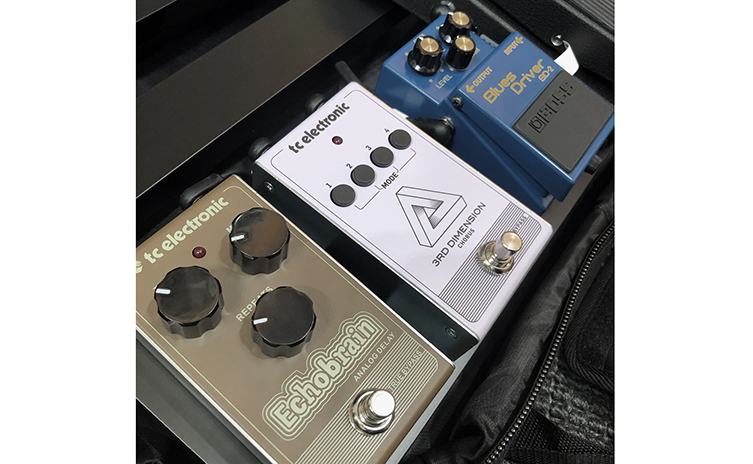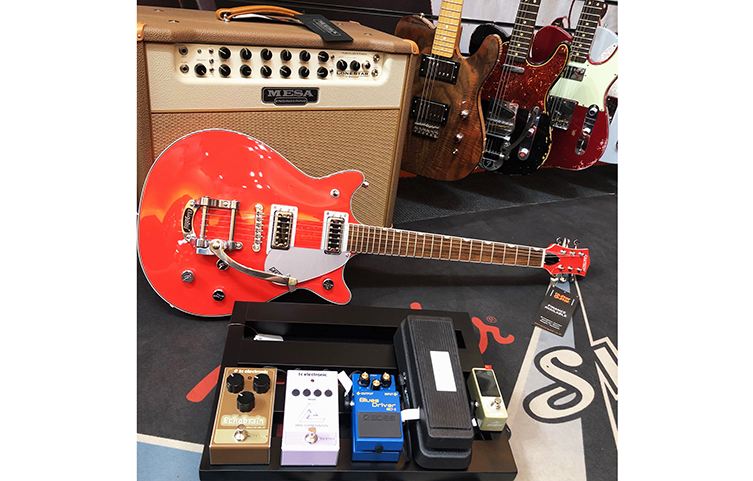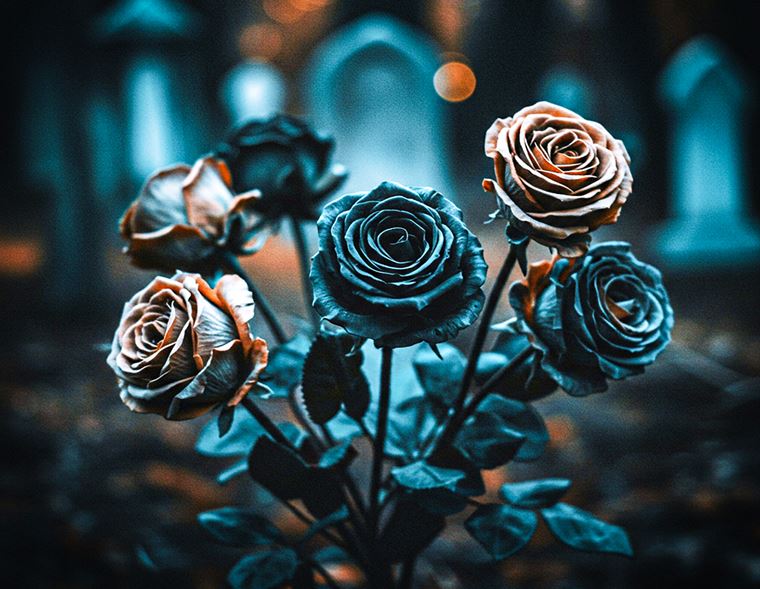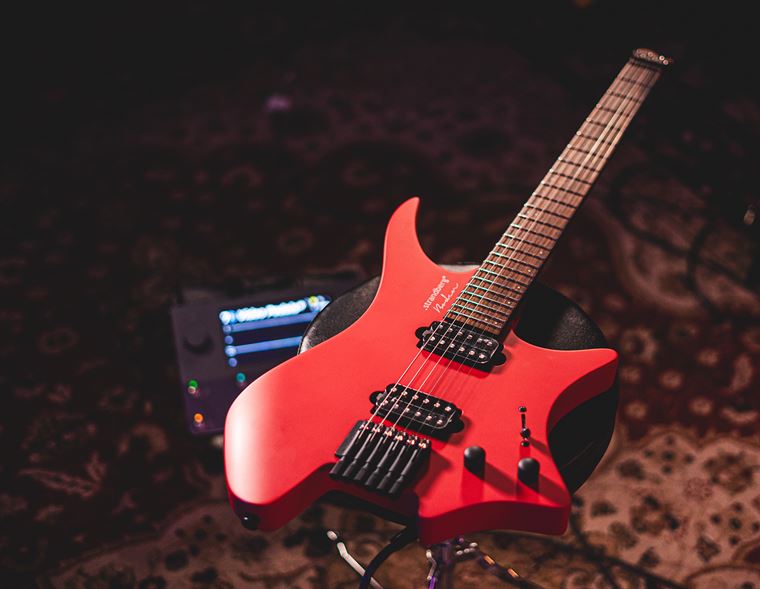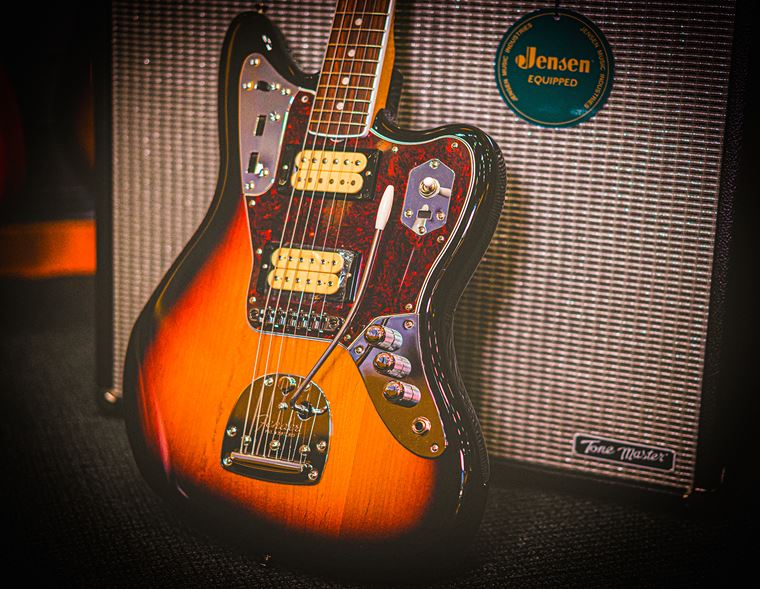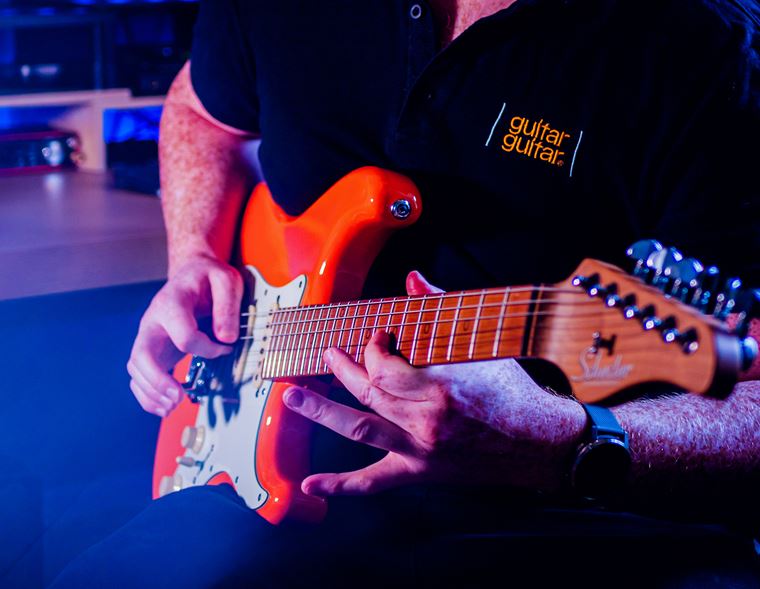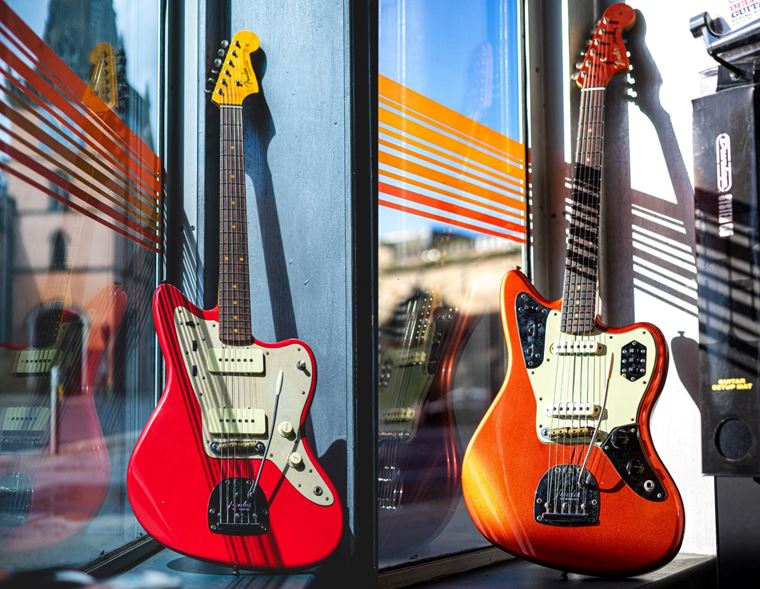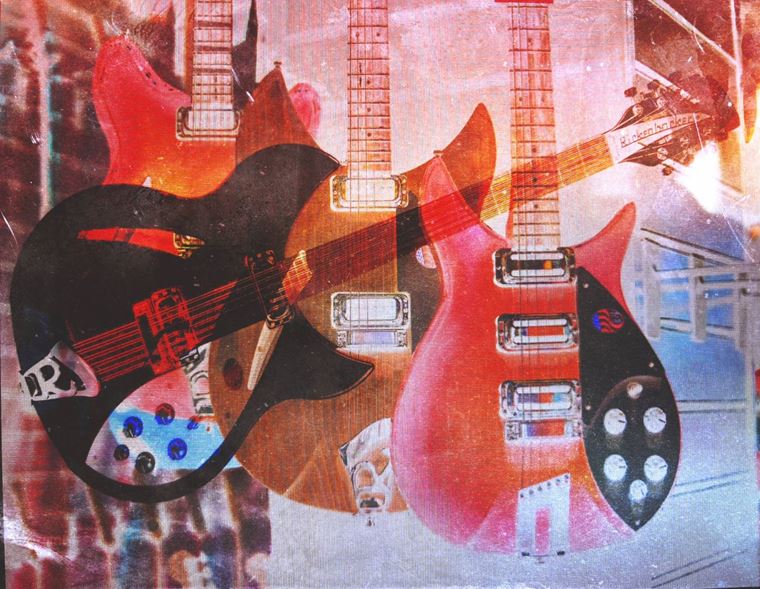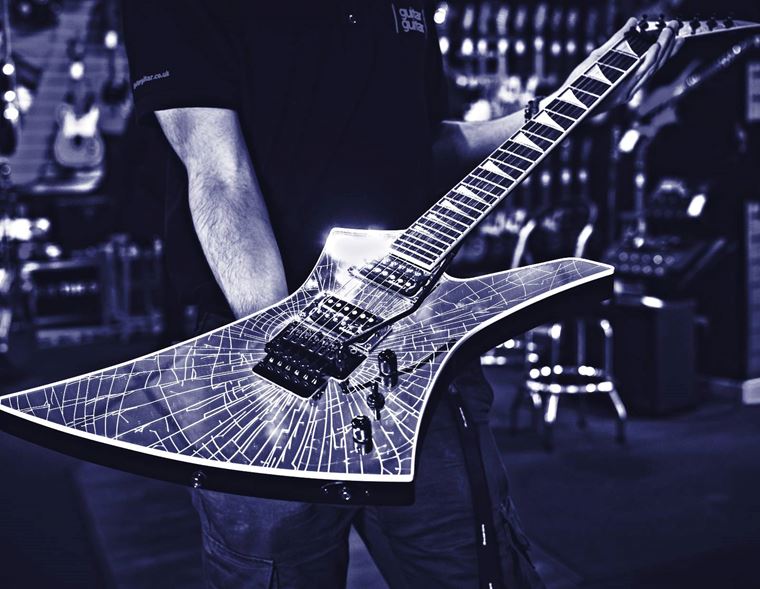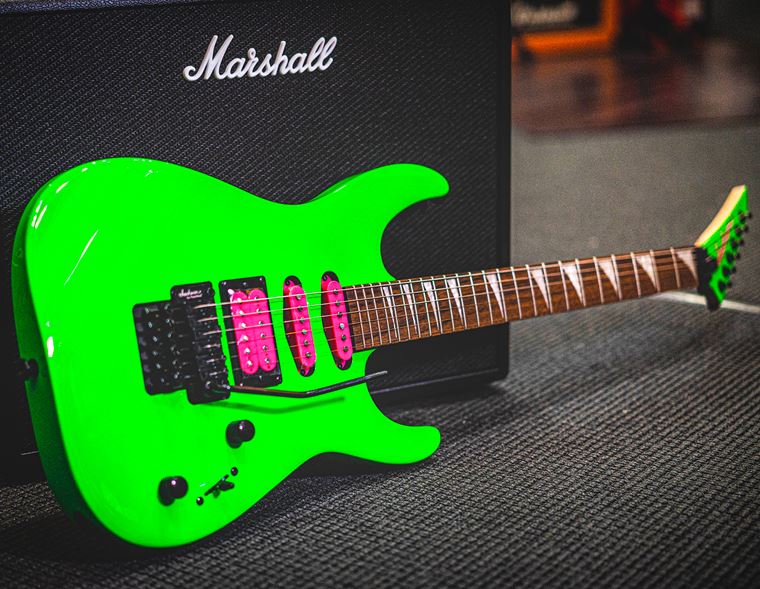All You Need to Start a Pedal Board
One small step for man. One giant leap for guitar playing! We’re talking about effects pedals here, of course. Once you buy one, it’s a matter of time before it needs a partner. Then, you’re basically a collector and it’s down the rabbit hole into the wonderful world of guitar FX!
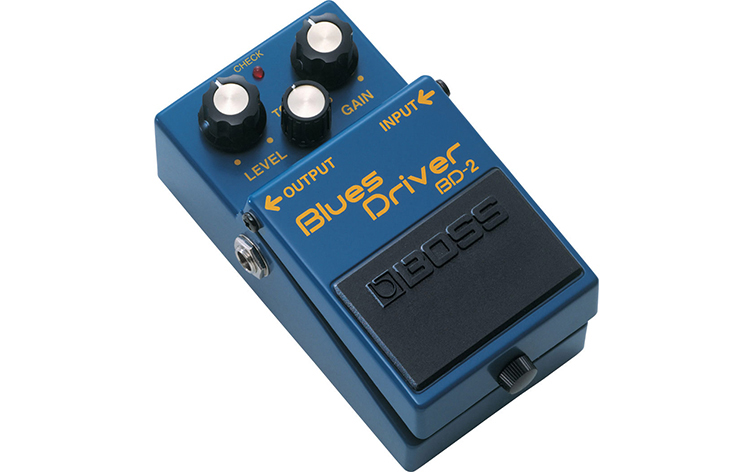
We love it.
We know you love it. Let’s not kid ourselves.
Now, you already know that flippantly flinging your precious pedals into a manky backpack is not the way to succeed in life. You need to do things properly: you need to invest in a pedal board! It’ll speed up your set-up and break-down at gigs, it keeps your expensive equipment neat and tidy, and it projects an image of authority and confidence. Your pedals with be protected whilst in transit, too. If you use more than two pedals, a pedalboard is a no brainer.
This bog today highlights what you need to get a pedalboard together. There are, as always, plenty of options out there but we’re going to focus on the more affordable end of the spectrum, with a board that will happily take 5 pedals. Why 5? We think less than five would be limiting, and more than 5 is unnecessary to the focus of this blog.
In terms of the guitar pedals themselves, it doesn’t really matter hugely, since you all have your favourites that you can meticulously pour over. Having said that, we need to talk about pedals here so we may as well populate this board! We’ll mention a few as we go along, keeping affordability and results firmly in our sites.
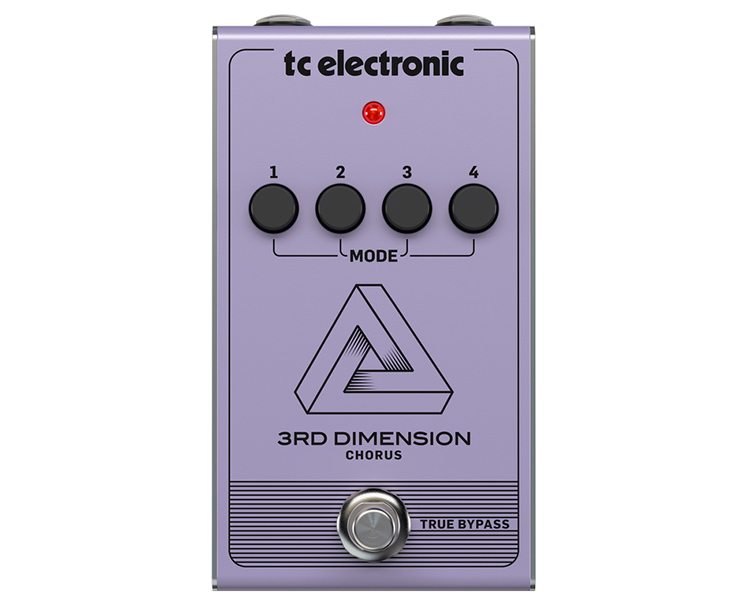
The Board
At guitarguitar, we have many pedalboards. Most of them are a combination of the board itself and a carrying bag or case. For our affordable 5-pedal board, we’ve opted for the TOURTECH TTPB-4-B. We’d call this a medium-sized board, so it’s a good, practical, portable size. It comes with a durable soft case, which we prefer in this instance over hard cases due to the portability factor. In our years of playing gigs in cities, using public transport and so on, we definitely prefer the gig bag option of four pedals over the (admittedly better at protecting) cumbersome cases with their hard corners and small handles.
The board itself is strong and has plenty of room for our 5 pedals. You can happily fit a wah pedal and 4 stomp boxes on here, more so if you choose micro-sized pedals or employ a two-tier layout for your effects. The TOURTECH TTPB-4-B arrives with decent Velcro and cable ties, too. Once you’ve positioned your pedals as you want them, slap some of that Velcro down to make it official.
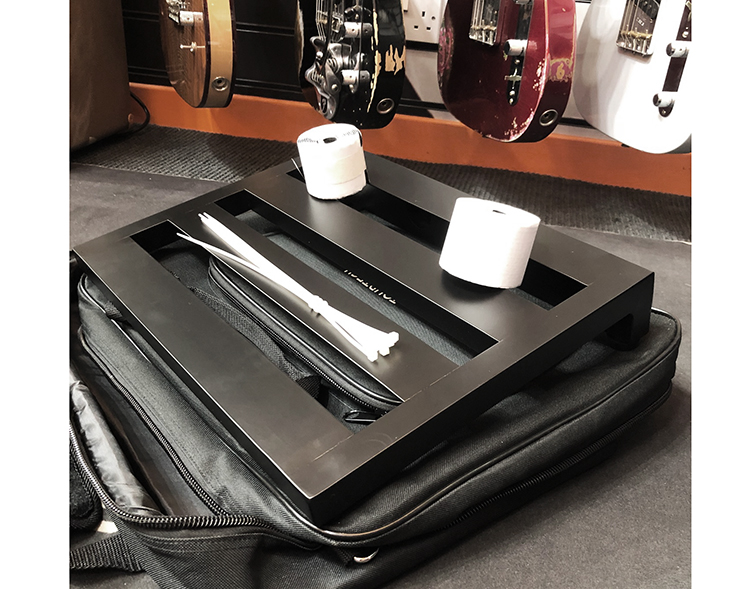
Not sure about the best order for your pedals? This next little bit is for you!
Pedal Order
So, we’re going for 5 pedals. The idea is that this pedalboard is supposed to be affordable and handy. No boutique stuff and no daft noisemakers: this is all good, meat and potatoes stuff! For the sake of making a point, let’s use the following: Crybaby GCB-95 wah, Landlord Lock-In tuner, Boss BD-2 Blues Driver and TC Electronic Echobrain Delay pedal. That little gang will bring you endless miles of bang for your buck! You’ll be in tune, you can dial up a selection of gain tones and then pepper them with lush chorus and delay all without breaking the bank. The all-important wah is there too, making this pedal board really quite tasty!
Let’s cut to the chase: here is how we think you should lay these guys out: Tuner first, then Wah, Overdrive, Modulation and finally Ambience. So, for our pedal picks, we want:
Online forums can debate this type of thing all day, but we think this is the best-sounding, most sensible way to get the best out of these effects.
So it is written.
Juice and Connections
We have our pedals where we want them on our board. Progress! We’ve allowed space for patch cables between each one. Excellent! No rookie errors for you!
Now, we need to address the power issue: these lovely gems will not, sadly, work on enthusiasm alone. Power supplies can be a complicated issue: isolated outputs, transformers and variable voltages are all guaranteed to bring on an epic migraine, so let’s keep things simple and affordable by choosing a 9v power supply and daisy chain. All of our pedals are 9v so with a TOURTECH TTA-PSU01 power supply and a TTA-PPC01 5-way daisy chain cable, we should be able to bring Frankenstein-like life to all of your pedals at once! Simply connect the daisy chain to the power supply’s connector end and you’re golden. This should see you through scores of gigs. Spares on the road are always a good idea so maybe splash out on a second daisy chain, just to cover your back. Better safe than sorry out there!
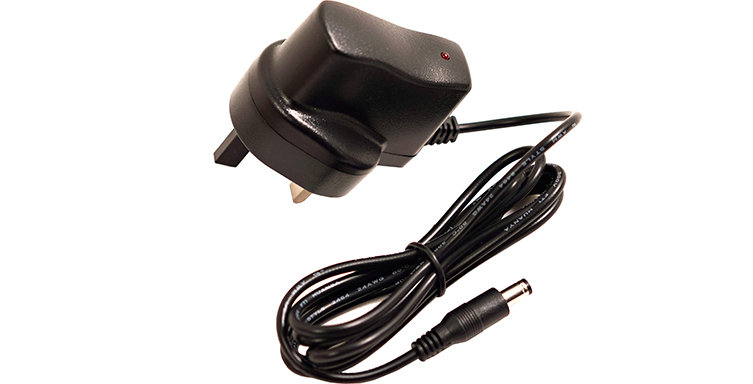
Now: patch cables. You have five pedals, so you need four patch cables. That means you should buy 6. Whichever you choose, just get two more. We don’t expect any problems to occur, but that’s always when they do, right? Choose the smallest that you can get away with, since it all adds up to lost decibels eventually. Go for right angle jacks in order to maximise the real-estate space on your board.
We have patch cables by Klotz, MXR, TOURTECH, Ernie Ball, Fender and lots more. A good, economic choice might be the TOURTECH TTPC-010LDL, with its proper barrel jack ends, as opposed to ‘pancake’ ends that are harder to solder and look after.
Connect your pedals, keeping the cabling out of the wah of any potential foot-stomping areas, and you’re pretty much ready for trouble-making! Many of the items on here are from TOURTECH. We’ve picked them on purpose because they deliver the goods for very little cost. For musicians on a budget, we think they are a good choice: that’s why we carry the brand!
Once everything is connected, make deft use of your cable ties to secure all cabling to the board. You should now have a well-considered, gig-ready pedalboard! Congratulations!
Recap
So, what you need is a pedalboard, a power supply and enough patch cables to more than cope. The pedalboard needs to have Velcro and cable ties to keep things operating efficiently.
Obviously, the pedals themselves are very much up to yourself (as is everything of course): you may want a more aggressive distortion, or a more specific modulation. Maybe you need a couple of drive pedals? That’s a fairly typical request! This blog is about rough guidelines and value for money. Building a pedalboard is a fun project and selecting all of the components is half the fun!
Enjoying putting together your own pedalboard. Share your thoughts (and finished boards!) in the comments section below and click through to see our pedal boards!


